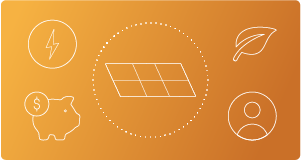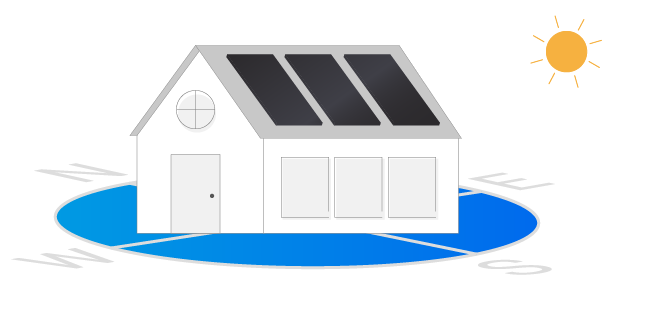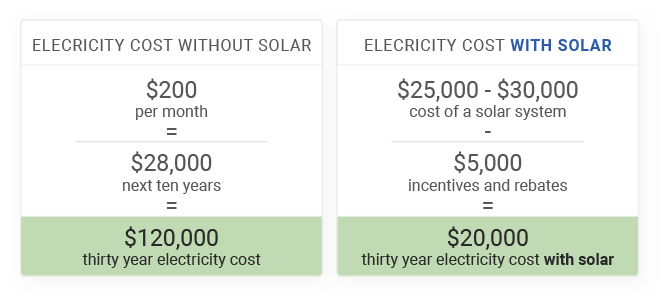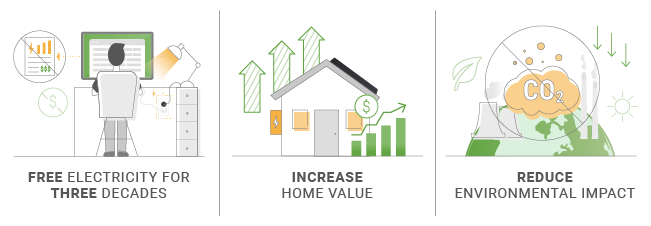At Advanced Renewable Concepts, we want everybody to be able to take advantage of the benefits of solar energy: from clean power to bill savings and from the environmental benefit to the increased home value, we want the benefits of solar to be more accessible. We also recognize that solar, and in particular rooftop solar, isn’t always the right solution for everyone.

With that in mind, we’ve built this section as a handy guide to help you answer the question, “Should I go solar?” We’ll run through the main things you need to consider when deciding whether to invest in solar for your home or business.
There’s no one-size-fits-all answer to the question of whether you’re a good fit for solar, but there are certainly a few key factors that can help determine if your home (or business!) is eligible for solar or not. At a very high level, the best fit for solar would be a single-family, stand-alone home that you own, with a southern-facing roof that’s in good condition and receives very little shading during the day. But even if some of those characteristics aren’t true for your situation, you may still be a good fit for solar!
To see if you’re a good fit for solar, and if solar is right for you, click here.

For most people in the US, solar is a financial decision, and with good reason: in most cases, solar can save homeowners tens of thousand of dollars in electricity costs over the thirty-year lifespan of solar panels.
As much as we focus on the benefits of solar–Avoided electricity costs! Avoided carbon emissions! Thousands in savings! Increased home values!–it’s important, too, to talk about the cost of solar, as well as the factors that can influence the price you pay for solar.
The longer answer? With Helio Solar Power, the average solar panel system costs between $25,000 and $30,000 prior to incentives and rebates. That figure may sound like a lot of money–and it is!–but just looking at the upfront, pre-incentive cost of solar doesn’t tell the whole story.
Take into consideration, for instance, how much you pay for electricity right now. Compared to a $25,000 cost for solar, an electricity bill of $200 per month may seem low. However, that cost adds up quickly: if you pay $200 per month in electricity, that means you’ll spend $28,000 in the next ten years alone, and over $120,000 over three decades.
Now how does that $25,000 pre-incentive price tag for solar sound?
What’s more, there are a number of incentives and rebates that can reduce the price you pay for solar by a quarter or more, quickly cutting $5,000 or more off the cost of your system.

As mentioned above, any discussion of the benefits of solar is incomplete without addressing the costs of installing solar. The opposite also holds true: the benefits of installing solar are too large to speak exclusively about the costs.
We write extensively about the benefits of solar elsewhere, but it’s reiterating that going solar provides you with free electricity for three decades, increases your home’s value, and reduces your environmental impact. Not bad for an investment that will pay for itself multiple times over.
